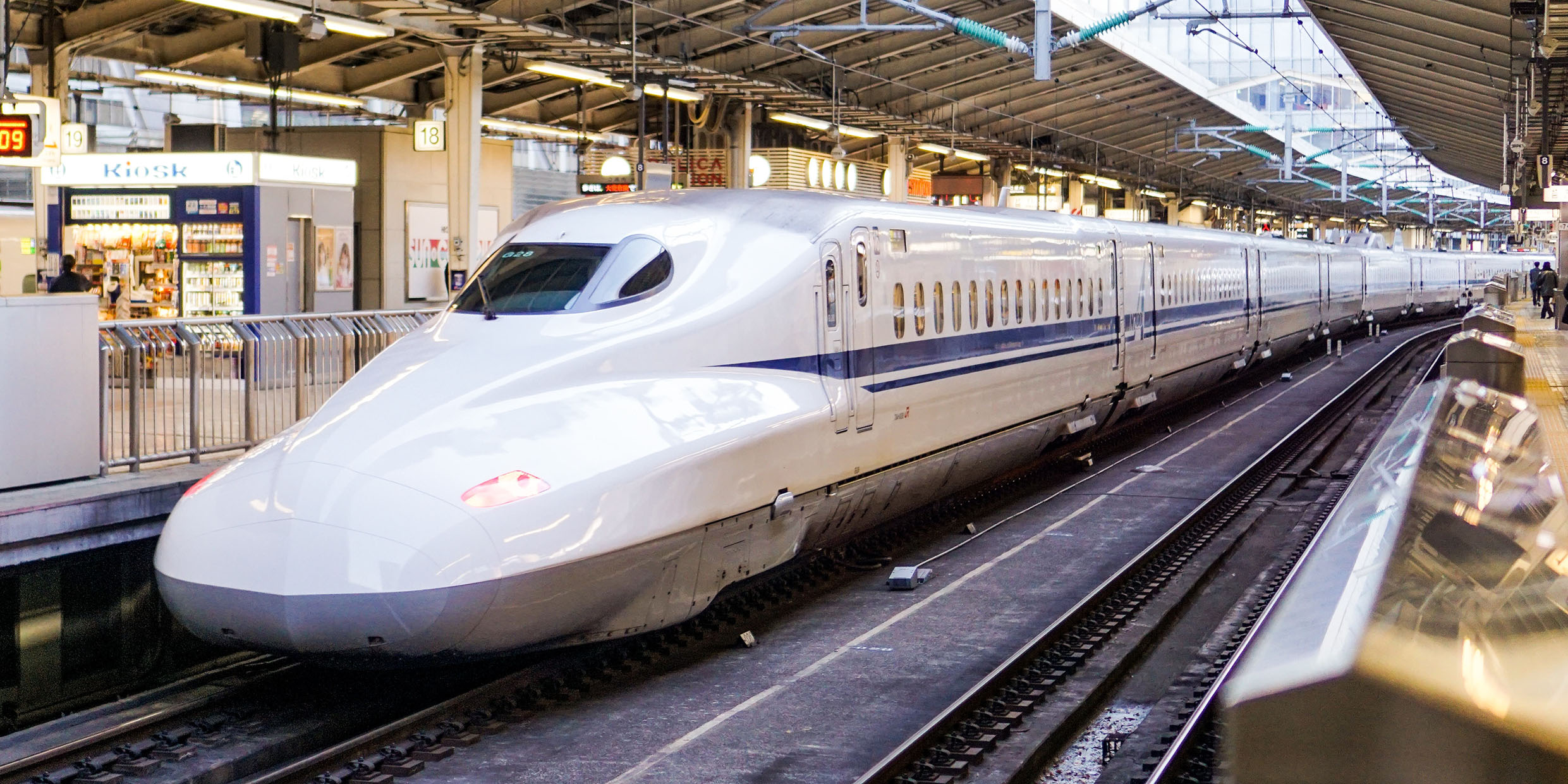Originally published 21 March 1994
Bostonians deserve better.
They deserve a better way to travel to their bigger neighbor 200 miles away.
For the trouble it takes to get there, New York City might as well be on the moon.
Logan Airport is conveniently close to downtown Boston, but the only access is by a gummed-up, soda-straw, two-lane tunnel. At the wrong time of the day, it can take longer to get from City Hall to Logan than from Logan to Paris.
La Guardia, too, is near midtown Manhattan, but the runways of that antique airport are not much longer than the planes. If there is snow on the ground you can almost count on a dunk in the drink.
Fly into New York’s Kennedy Airport and you still have half-a- day’s travel to the city.
So what about the train? All-aboard Amtrak for a leisurely ride to the Big Apple — and I do mean leisurely. Prairie schooners to California traveled faster.
Not to mention the black hole of New Haven Station. What goes in never comes out. There’s a rumor about a train that’s been sitting at New Haven since 1957, waiting for the connecting train from Springfield.
You’d think the richest, most technologically advanced nation on Earth could do better.
Why can Japan, France, Germany, and Sweden have “bullet train” intercity transportation, and we are still making do with covered wagons?
Amtrak has plans to upgrade the Boston-Washington corridor with new Swedish “tilt trains” that can take the corners at high speeds without throwing passengers into the aisles. It also plans to electrify the New Haven-Boston segment of the track, which will help eliminate the delays at Hew Haven while trains switch engines from electric to diesel and back again. But all of this falls short of what the Japanese and Europeans have managed to accomplish.
What’s required is a high-speed railbed between here and New York. A straighter, flatter, smoother track than the corkscrew path we currently travel, that will allow trains to whiz along at 250 miles per hour. There is no reason in principle why we shouldn’t scoot from South Station to Penn Station in less than two hours.
No reason but money. New railbeds in cities could cost $100 million per mile. So why not use existing tracks from South Station to Route 128, and from New Rochelle to Penn Station, then make a lightning dash along new tracks through the boondocks? If it means bypassing downtown Providence and New Haven, well, the folks from those places can drive to the countryside to catch the train.
A superconducting magnetically-levitated super train might make the run at 300 miles per hour. Add elevated monorail tracks in and out of the cities and you could be in New York before you had a chance to read the newspaper.
What about high-speed hovercraft? The Russians have developed so- called “ground-effect” water-skimming craft that can travel at speeds up to 250 miles per hour. It is about 250 miles to New York by water. Allowing for more modest speeds in Boston Harbor, the Cape Cod Canal and the East River, it should still be possible to get from downtown to downtown in less time than it currently takes by train.
Of course, formidable traffic-control problems would have to be solved if the scudding express boat is not to collide with the occasional pleasure craft.
Or helicopters? Why isn’t anyone developing large, high-speed passenger-carrying helicopters, with heliports on Fan Pier in Boston and along the Hudson in midtown Manhattan? The speed record for helicopters is something over 200 miles per hour. With some hot-shot technology, a two-hour trip in a double-rotor whirlybird should be within the realm of possibility.
But if we are really imaginative, we could travel from downtown Boston to downtown Gotham in less than a hour, with several stops along the way. This would require digging a pair of deep, connected tunnels for the entire distance, through which tubular trains would be driven by pneumatic pressure, much like the money-delivery tubes we used to see in department stores. Give the tunnels a downward slope outside each station and gravity will provide much of the acceleration and deceleration of the train.
Such a system was proposed almost 30 years ago in the journal Scientific American by an engineer named L. K. Edwards. The idea has much to recommend it: It would be immune to delays caused by weather, it would last for a century, and it’s lightning fast. Edwards suggested that a Boston-to-Washington run could be made in 90 minutes, with seven stops along the way.
Of course, a pneumatic gravity train running on the Boston- Washington corridor would be fabulously expensive. So raise gasoline prices to pay for it. Americans already have the cheapest gasoline in the developed world, and the worst intercity transportation.
Halfway solutions to intercity travel are a waste of time, and beneath the dignity of a civilization that sent humans to the moon. How many more of us must disappear into the black hole of New Haven before we stir ourselves to catch up with — and surpass — the Europeans and Japanese?
Twenty five years after this essay was first published, billionaire technologist Elon Musk is pursuing an underground intercity transportation system called the Hyperloop, which is similar in concept to L. K. Edwards’ proposal. ‑Ed.



